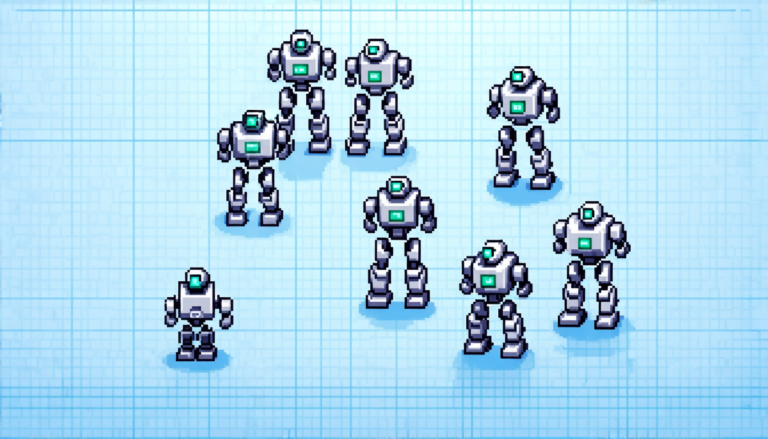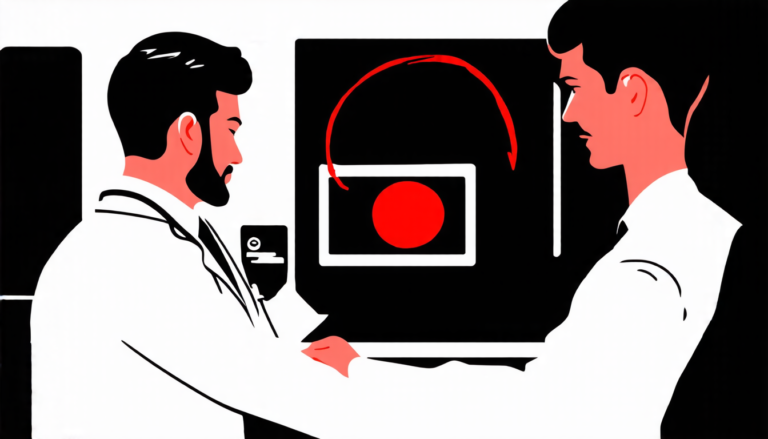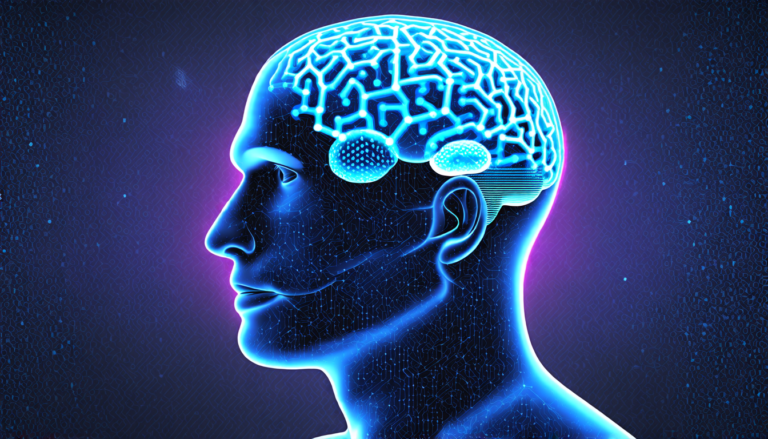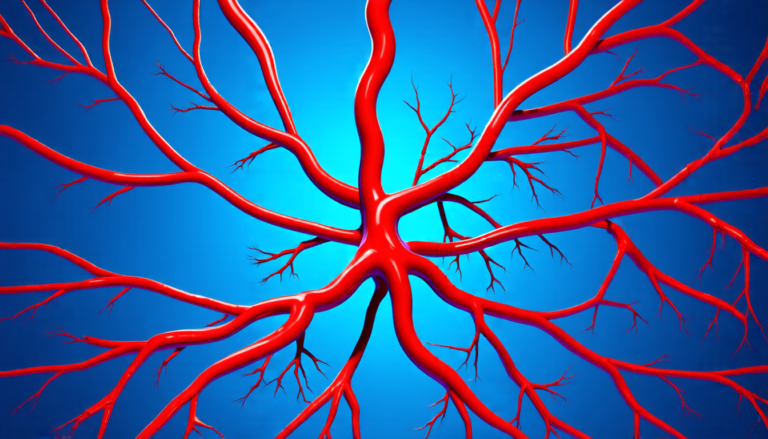Saturday 05 April 2025
In a major breakthrough, researchers have developed a new way to understand and analyze human behavior through video recordings. The innovative approach involves generating detailed, real-time descriptions of people’s actions and movements, allowing scientists to better comprehend complex social interactions.
The key to this technology lies in the creation of a dataset called HOD, or Hand-Object Dynamics. This dataset is comprised of thousands of hours of video footage, painstakingly annotated with precise descriptions of hand and object movements. Think of it like a giant, interactive dictionary of human actions – but instead of words, it’s filled with detailed accounts of how people interact with their surroundings.
Using this dataset, researchers have developed a sophisticated AI model that can generate its own descriptions of video footage in real-time. This is no small feat, as the model must be able to accurately identify and track multiple objects and individuals within a scene, while also understanding the context and meaning behind their actions.
One of the most impressive aspects of this technology is its ability to capture subtle nuances in human behavior. For example, the model can differentiate between someone simply holding an object versus actively using it – something that would be difficult for even the most skilled human observer to discern.
But why does any of this matter? The potential applications of this technology are vast and varied. For instance, it could be used to improve machine learning models that rely on video data, such as facial recognition systems or autonomous vehicles. It could also aid in the development of robots and other AI-powered devices that need to understand human behavior.
In addition, the HOD dataset has the potential to revolutionize our understanding of social interactions and human psychology. By analyzing how people interact with each other and their environment, researchers can gain valuable insights into everything from communication patterns to emotional intelligence.
Of course, there are also more practical applications on the horizon. For example, this technology could be used in fields like healthcare, where it might help doctors better diagnose and treat conditions related to motor skills or cognitive function.
As researchers continue to refine and expand the HOD dataset, we can expect to see even more innovative applications emerge. But for now, it’s clear that this technology has the potential to transform the way we understand human behavior – and potentially change our lives in profound ways.
Cite this article: “Unlocking Egocentric Video Understanding with Hand-Object Dynamics”, The Science Archive, 2025.
Human Behavior, Video Recordings, Ai Model, Hand-Object Dynamics, Dataset, Machine Learning, Facial Recognition, Autonomous Vehicles, Social Interactions, Psychology







